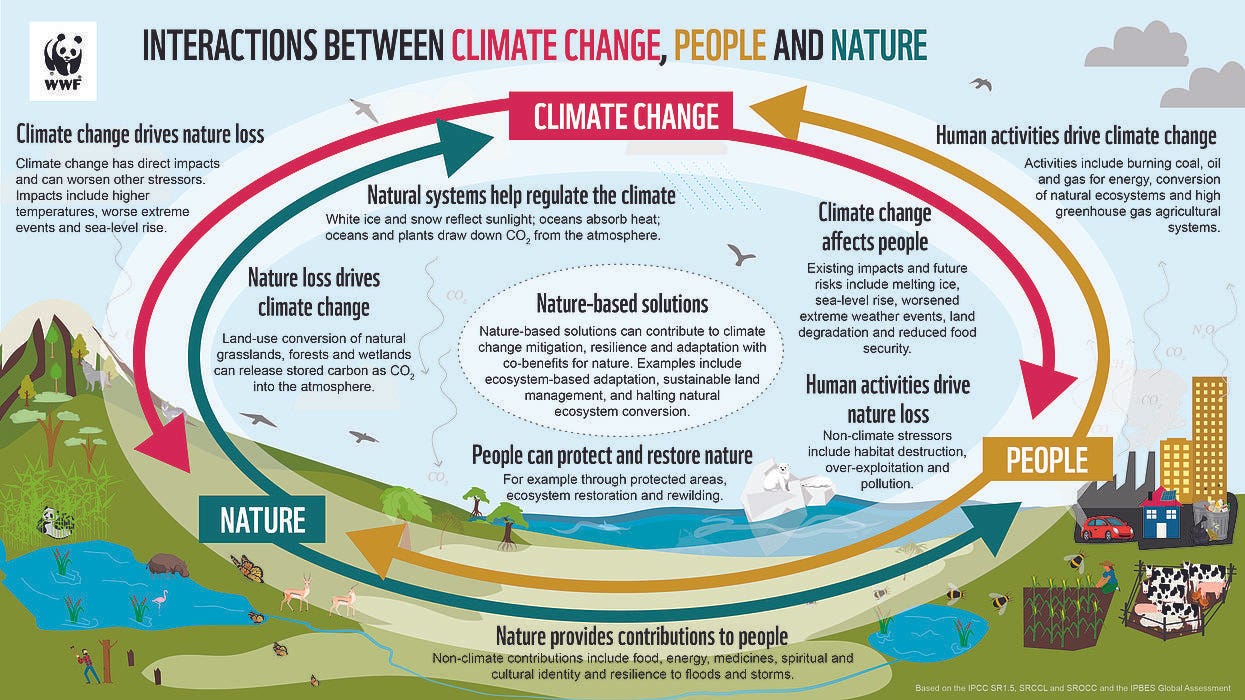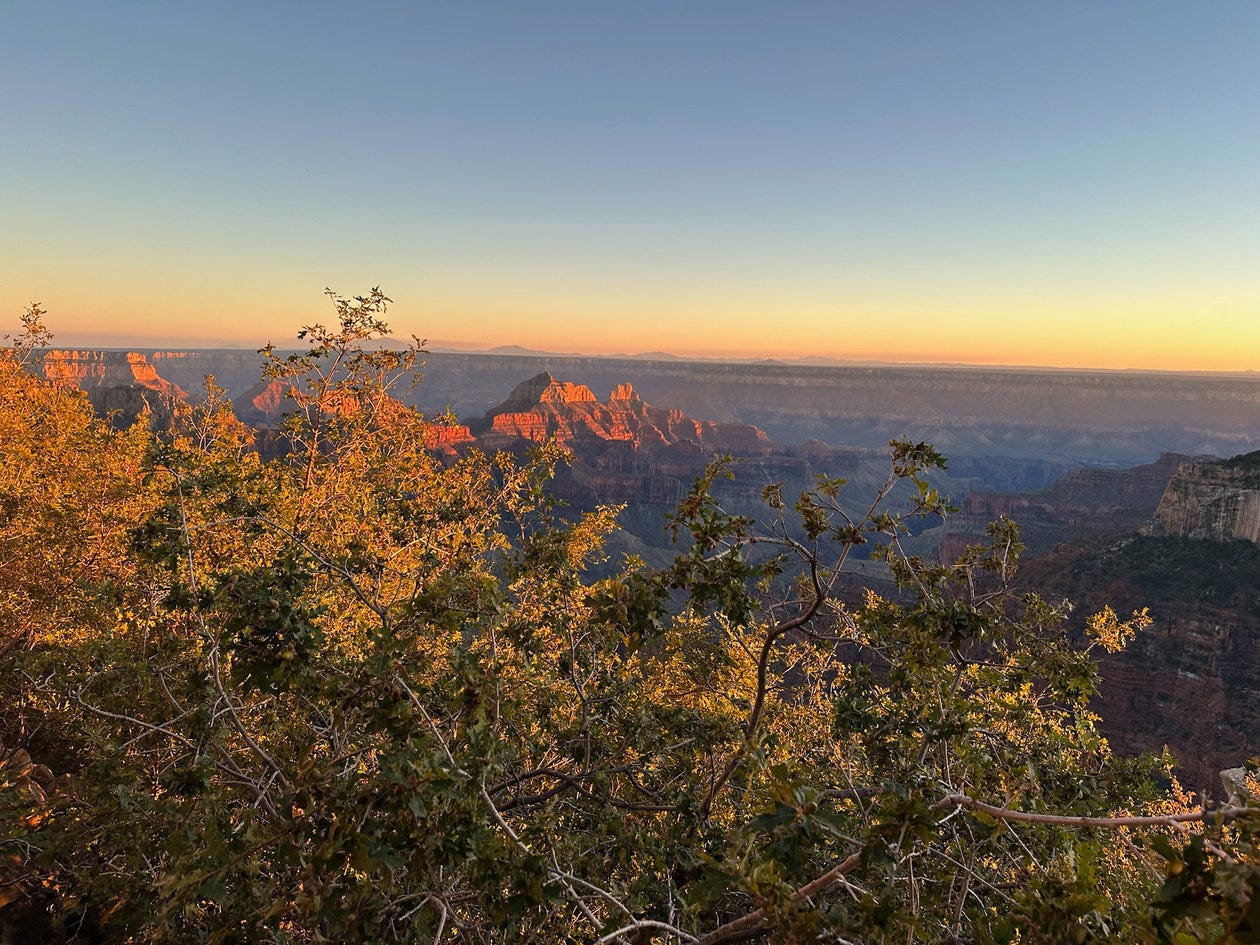Edition 3: Understanding Public Lands
A Story of Land, Water, and Life
Public Lands: A Story of Land, Water, and Life
Public lands in the U.S. Native territories
Reclaiming Public Lands: Honoring BIPOC Contributions
Creating a more inclusive history of public lands requires acknowledging the diverse ways people have connected to nature, and how systemic erasure has excluded Black, Indigenous, and People of Color (BIPOC) from dominant narratives. While figures like John Muir and Theodore Roosevelt are widely celebrated, many BIPOC individuals and communities have played critical roles in shaping, protecting, and preserving public lands.
Stories of Sacagawea’s guidance for the Corps of Discovery, the Buffalo Soldiers’ early park ranger work, and Charles Young’s groundbreaking leadership in Sequoia National Park show how deeply embedded BIPOC contributions are in conservation history. Many others made lasting impacts in land stewardship, research, and infrastructure—often without recognition. These stories deepen our understanding of public lands by centering environmental perspectives that have long been marginalized.
Credit: WWF
Climate Change and Biodiversity Loss
Climate change and biodiversity loss are interconnected global emergencies driven largely by human activity over the past 150 years. Rising temperatures, caused by the buildup of greenhouse gases like carbon dioxide and methane, are disrupting ecosystems and accelerating extinction rates.
Since 1900, nearly 200 species have vanished, and over a million more are at risk in the coming decades. Biodiversity is essential for maintaining ecosystem health and resilience, supporting services like pollination, nutrient cycling, pest control, and food security. Indigenous communities, scientists, and farmers alike are witnessing dramatic changes—such as altered species behavior, reduced harvests, and shifting seasonal patterns—that confirm the ongoing collapse of ecological systems.
Grand Canyon
Public Lands as a Solution
Public lands play a critical role in addressing both climate change and biodiversity loss. Forests and wetlands act as natural carbon sinks, storing vast amounts of carbon and reducing the effects of global warming. Conservation initiatives like 30x30—aiming to protect 30% of U.S. lands and waters by 2030—seek to preserve critical habitats, support wildlife migration corridors, and empower Indigenous stewardship. Urban green spaces are also vital, especially in historically redlined and underserved neighborhoods where parks can mitigate dangerous heat island effects.
*The Wilderness Society has created a free curriculum on public lands and can be downloaded here.





